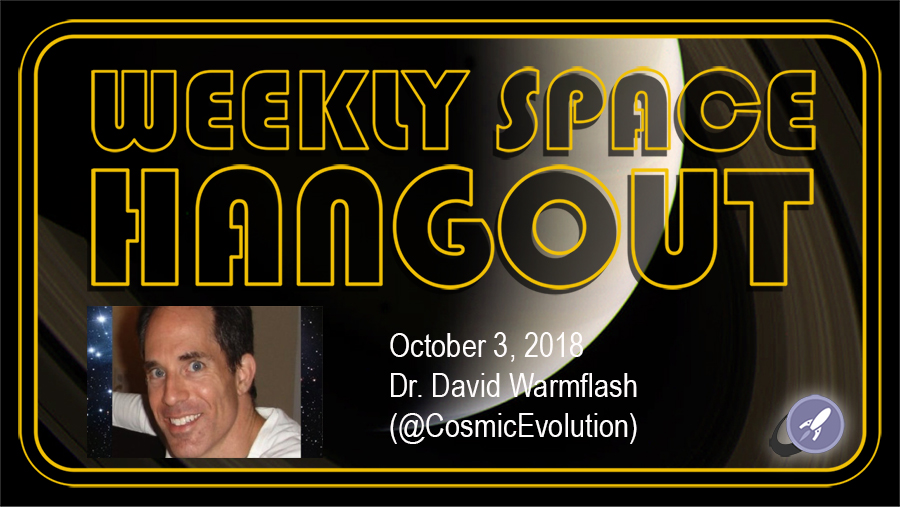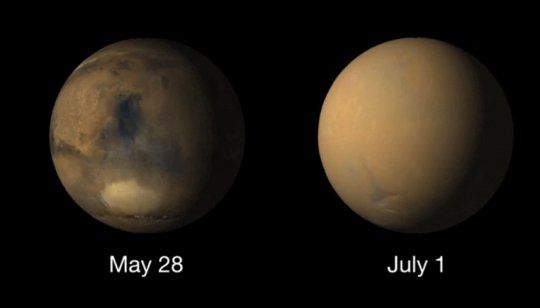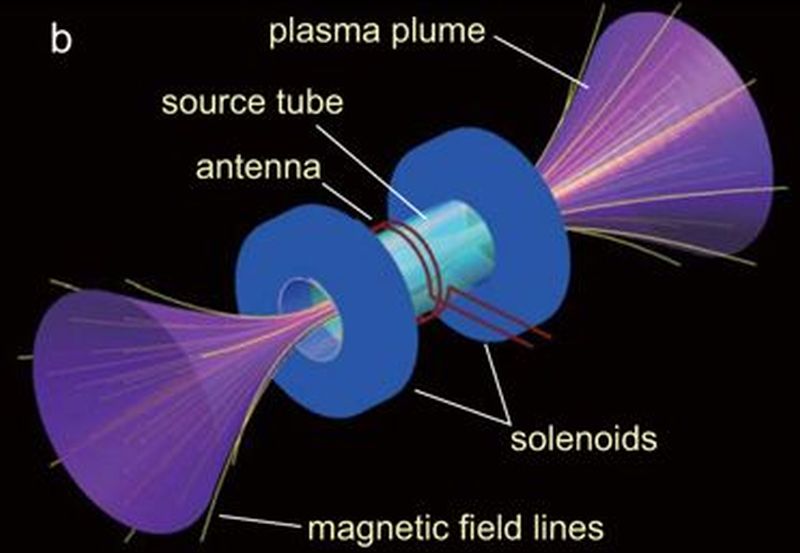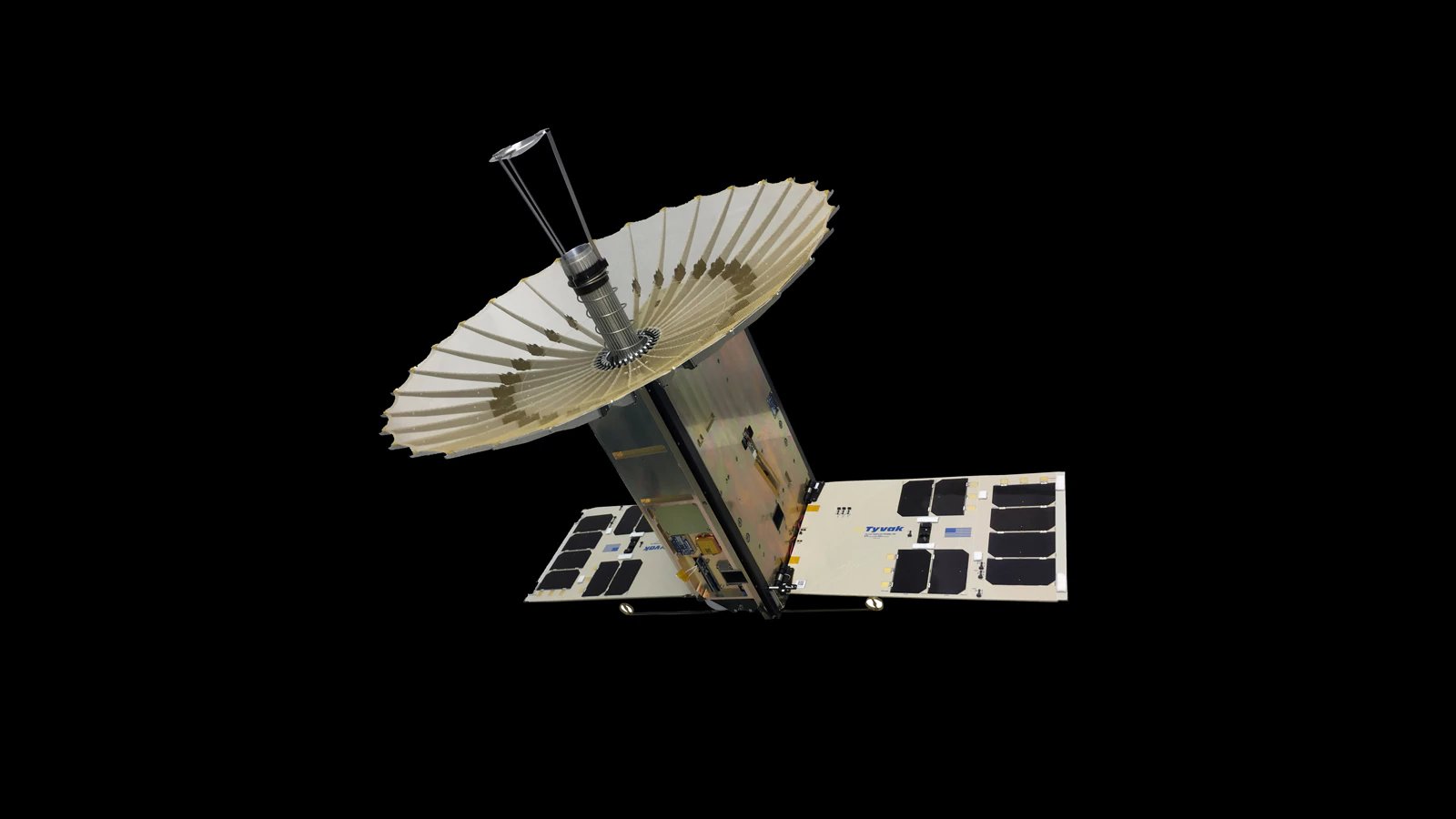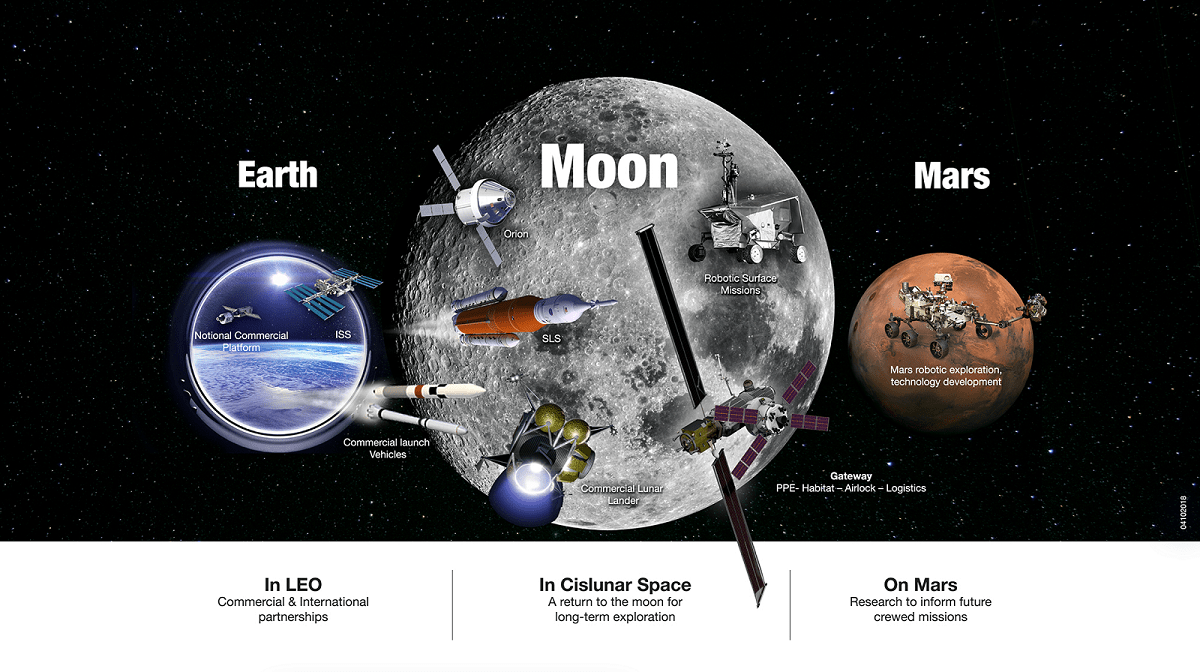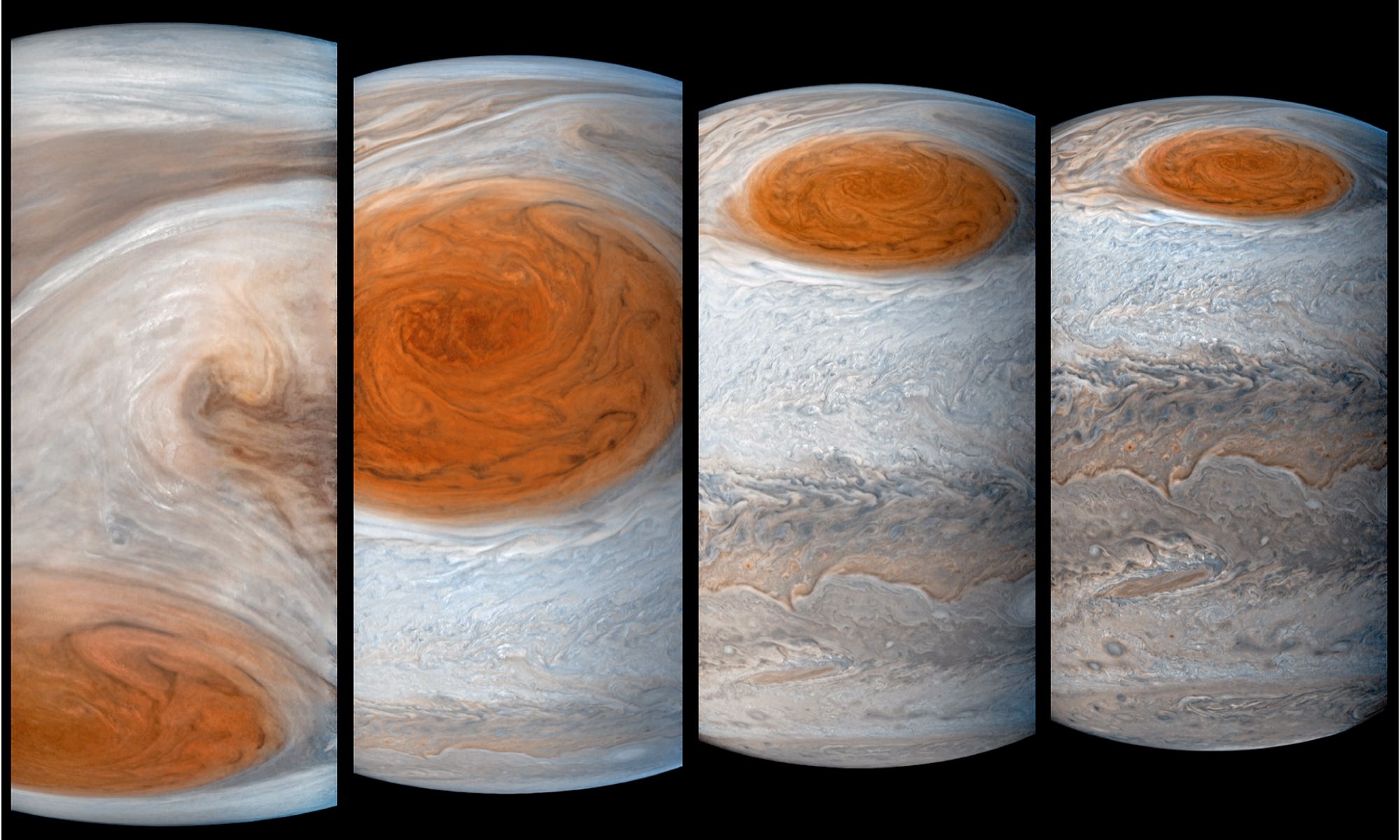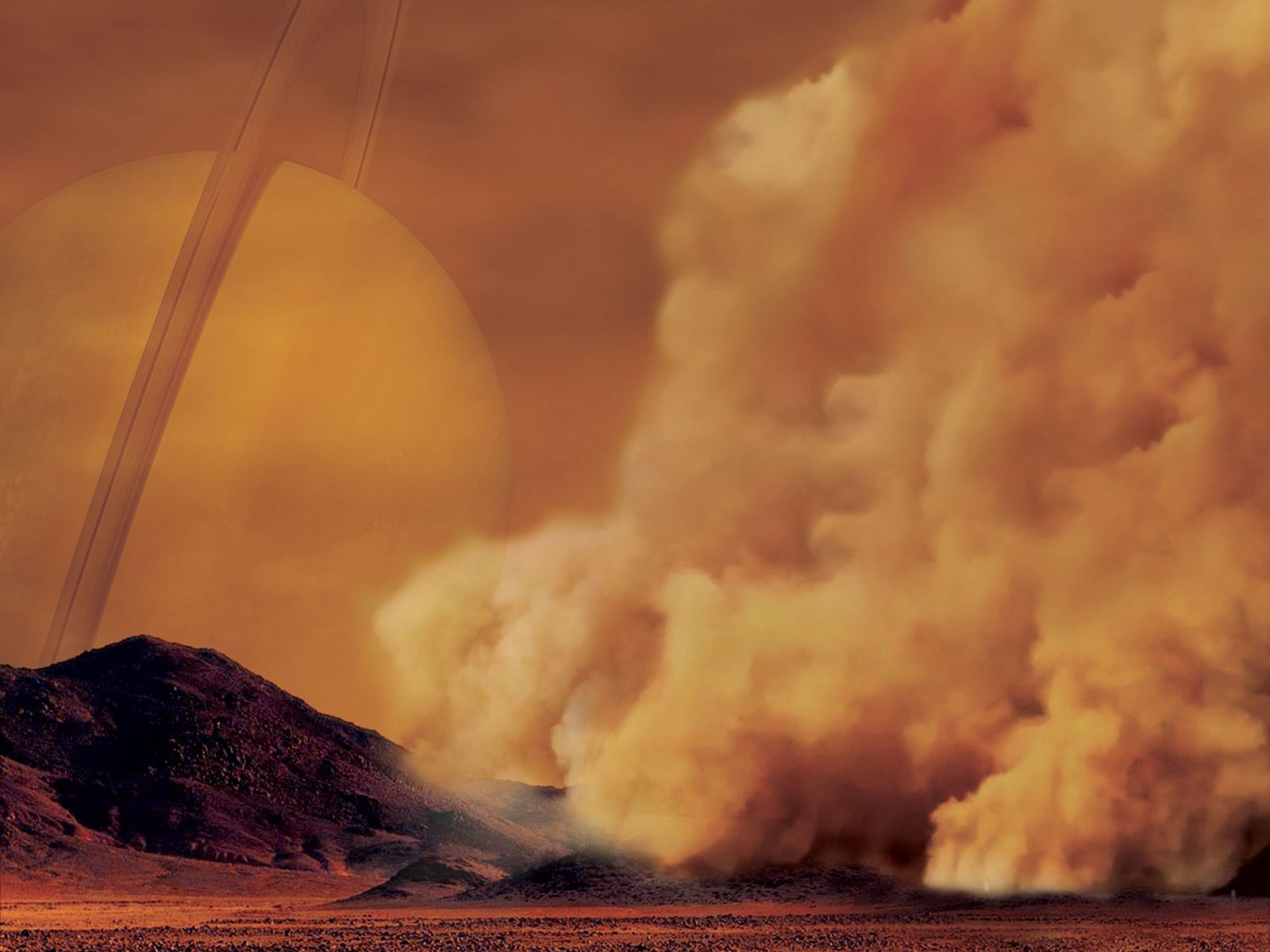Hosts:
Fraser Cain (universetoday.com / @fcain)
Dr. Paul M. Sutter (pmsutter.com / @PaulMattSutter)
Dr. Kimberly Cartier (KimberlyCartier.org / @AstroKimCartier )
Dr. Morgan Rehnberg (MorganRehnberg.com / @MorganRehnberg & ChartYourWorld.org)
This week’s special guest is Dr. David Warmflash. Dr. Warmflash is an astrobiologist and science writer. He received his M.D. from Tel Aviv University Sackler School of Medicine, and has done post doctoral work at Brandeis University, the University of Pennsylvania, and the Johnson Space Center, where he was a NASA astrobiology training fellow. He has been involved in science outreach for more than a decade, including having collaborated with The Planetary Society on studying the effects of the space environment on small organisms.
As a prolific freelance science communicator, David has had numerous articles published, his most recent being “”Should the Moon be Quarantined?”” which appears in the current issue of Scientific American (https://www.scientificamerican.com/article/should-the-moon-be-quarantined/).
You can find David on Twitter (@CosmicEvolution)
Announcements:
If you would like to join the Weekly Space Hangout Crew, visit their site here and sign up. They’re a great team who can help you join our online discussions!
If you’d like to join Dr. Paul Sutter and Dr. Pamela Gay on their Cosmic Stories in the SouthWest Tour in August 2019, you can find the information at astrotours.co/southwest.
We record the Weekly Space Hangout every Wednesday at 5:00 pm Pacific / 8:00 pm Eastern. You can watch us live on Universe Today, or the Weekly Space Hangout YouTube page – Please subscribe!

